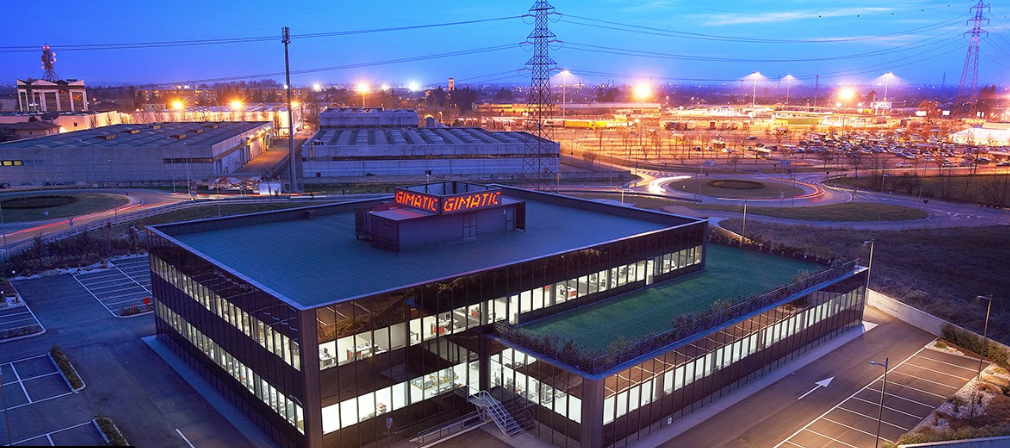
Robohub.org
Chinese investors keep buying international robotics companies

Source: Google maps
The latest acquisition is Gimatic, an Italian pneumatic and electric grippers, sensors and positioners maker, by Agic Capital. The Financial Times reported the sale price to be between $112 and $169 million.
Gimatic is an Italian supplier of robotic end-of-arm tools. Annual sales have grown more than 20% over the past three years, with most of its business coming from Europe. Asia, accounting for less than 1/10 of Gimatic sales, is seen as the market with the biggest potential. Gimatic’s gripper product line is of direct interest to Chinese robot manufacturers.
Agic Capital, together with China National Chemical Corp (ChemChina) and Chinese state fund Guoxin International Investment Corp, also purchased Germany’s KraussMaffei Group for $1 billion in January. KraussMaffei is an industrial robot integrator and plastics, carbon fiber, and rubber processor.
More recent is the $5.2 billion offer by Midea Group, a Chinese appliance manufacturer, for Kuka AG, the Augsburg, Germany-based manufacturer of robots and automated systems. Kuka is one of the Big Four of robot manufacturers. On the day of the bid, Kuka’s stock rose from $84/share to $110 where its stayed since. Although there has been much political noise about foreign purchases of German companies, no alternate buyers have appeared. In fact, just today, Siemens’ CEO said they weren’t interested in making a counter offer.
Paslin, a Michigan integrator of welding robots, automation systems and tooling, was acquired by Wanfeng Technology Group for a reported $302 million. The Wanfeng group of companies, located 125 miles southeast of Shanghai, is mainly known for their auto wheels, aftermarket wheels and auto parts. But it also has businesses in such fields as robot integration of assembly, welding and painting systems, automation equipment, magnesium alloy parts, aviation equipment and financial investments, with annual sales of $3 billion.
China’s growing robot army
In a recent story in the Financial Times, Asia-focused asset management firm Mirae Asset Management forecasts that China’s robot army will expand at a compound annual growth rate (CAGR) of 35% until 2020.
Rahul Chadha, chief investment officer of Mirae, says: “Using the rule of thumb that one industrial robot replaces four to five workers, this suggests that robots have rendered more than 1m people jobless.” Mr Chadha, who calculates that robots will replace around 3.5m Chinese workers over the next five years, says: “The message that comes from the leadership is on improving productivity via automation. They are paranoid about doing things quickly. They believe they have got to because their competitors will do the same.”
The acquisition marketplace
According to the International Federation of Robotics (IFR), annual robot sales between 2005 and 2015, rose 9% worldwide while China experienced a growth of 25%.
Siasun Robot & Automation, China’s most prominent robot manufacturer, announced that they are planning to acquire competitive and domestic international component manufacturers to expand their market presence.
“We have been in negotiations with potential companies for over a year and we hope to complete these acquisitions by June,” Vice Chairman and President Qu Daokui told ChinaDaily.com.
At present, more than two-thirds of the robots purchased in China are produced by international vendors, but that ratio is rapidly changing. The most recent Chinese National 5-year plan calls for increased use of robots and local governments are supporting the effort with various real estate and tax incentives. Many “deals” have been arranged whereby Chinese venture funds are investing in robotic ventures from Russia, Israel, Silicon Valley and through acquisitions such as the Ninebot acquisition of Segway last year, as well as, this year’s acquisitions of Paslin, Kuka, KraussMaffei and Gimatic.
And it’s only June!
tags: c-Business-Finance, The Robot Report


